For pet owners, creating a safe garden means being aware of the plants that could pose a risk to your furry friends. Many common plants are toxic to cats and dogs, so it’s important to know which ones to steer clear of. Here are a list of plants you should avoid in your garden if you have pets.
Lilies
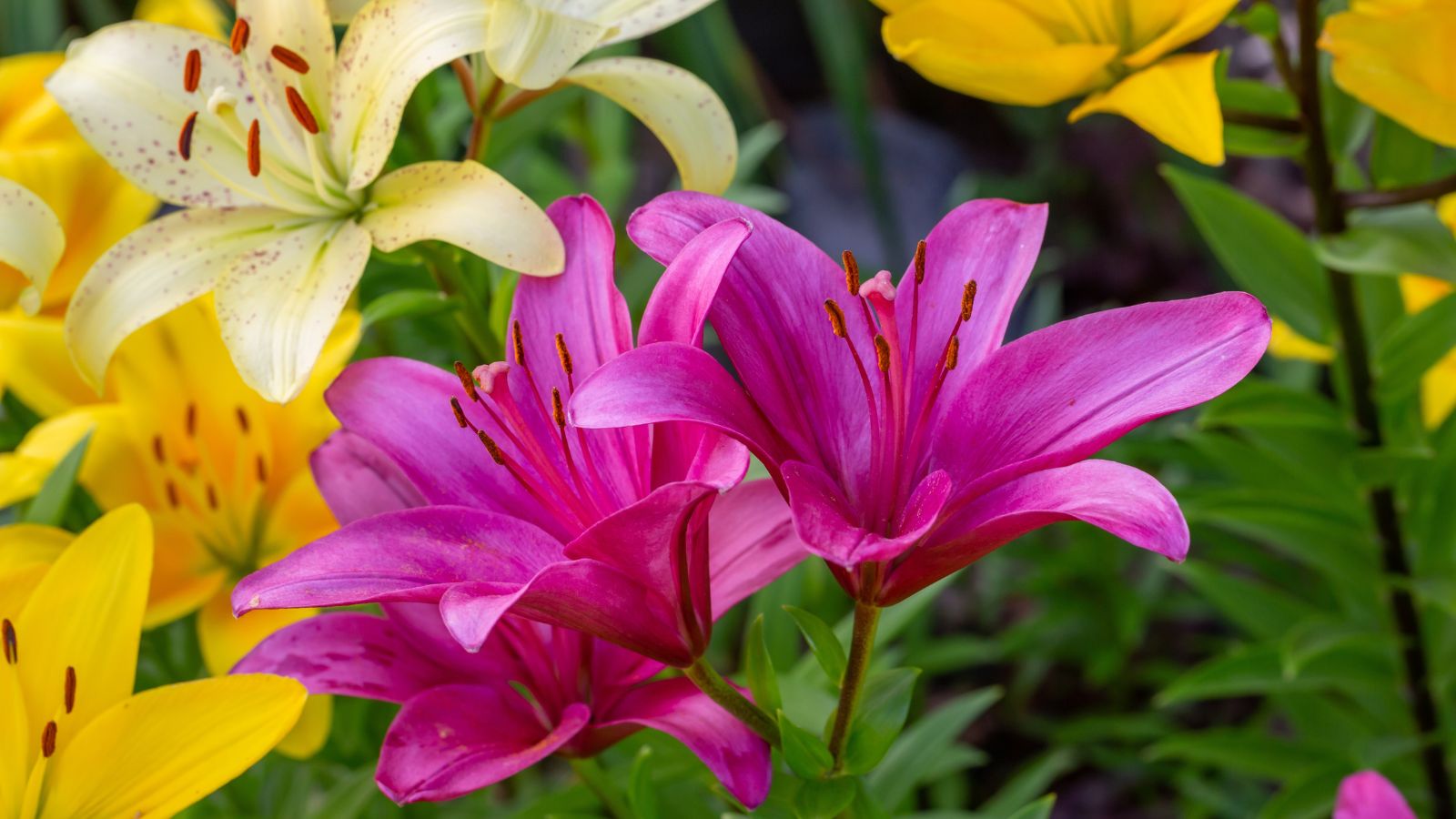
Lilies may look beautiful, but they are highly toxic to cats, even in small amounts. Ingesting any part of the plant, especially the leaves or pollen, can cause kidney failure in felines. If you have cats, it’s best to skip lilies altogether in your garden.
Oleander
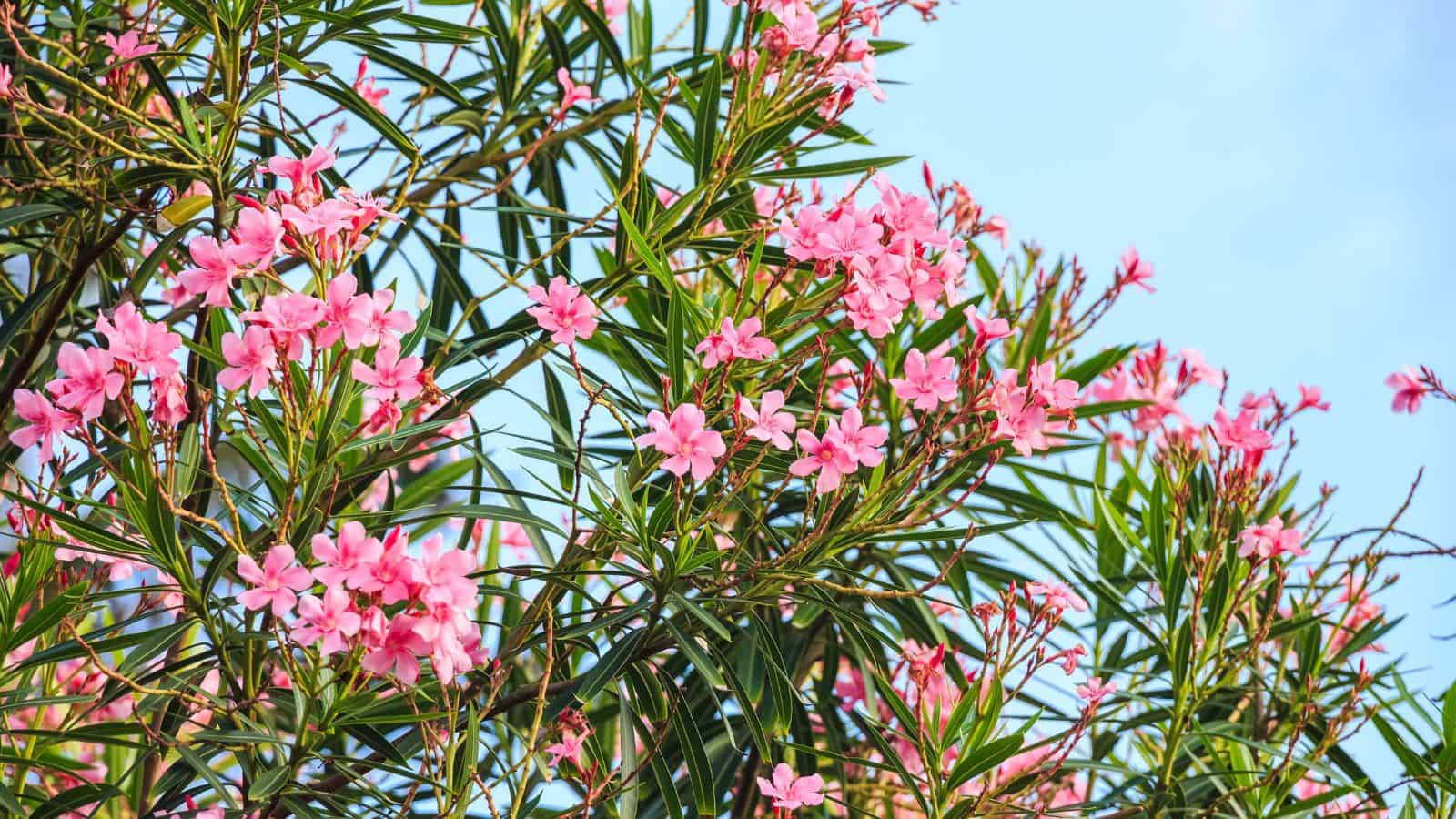
Oleander is an attractive plant with fragrant flowers, but it’s highly poisonous to both cats and dogs. All parts of the plant contain toxins that can cause severe heart issues, vomiting, and even death if ingested. Its toxicity makes it one to avoid if you have pets.
Daffodils
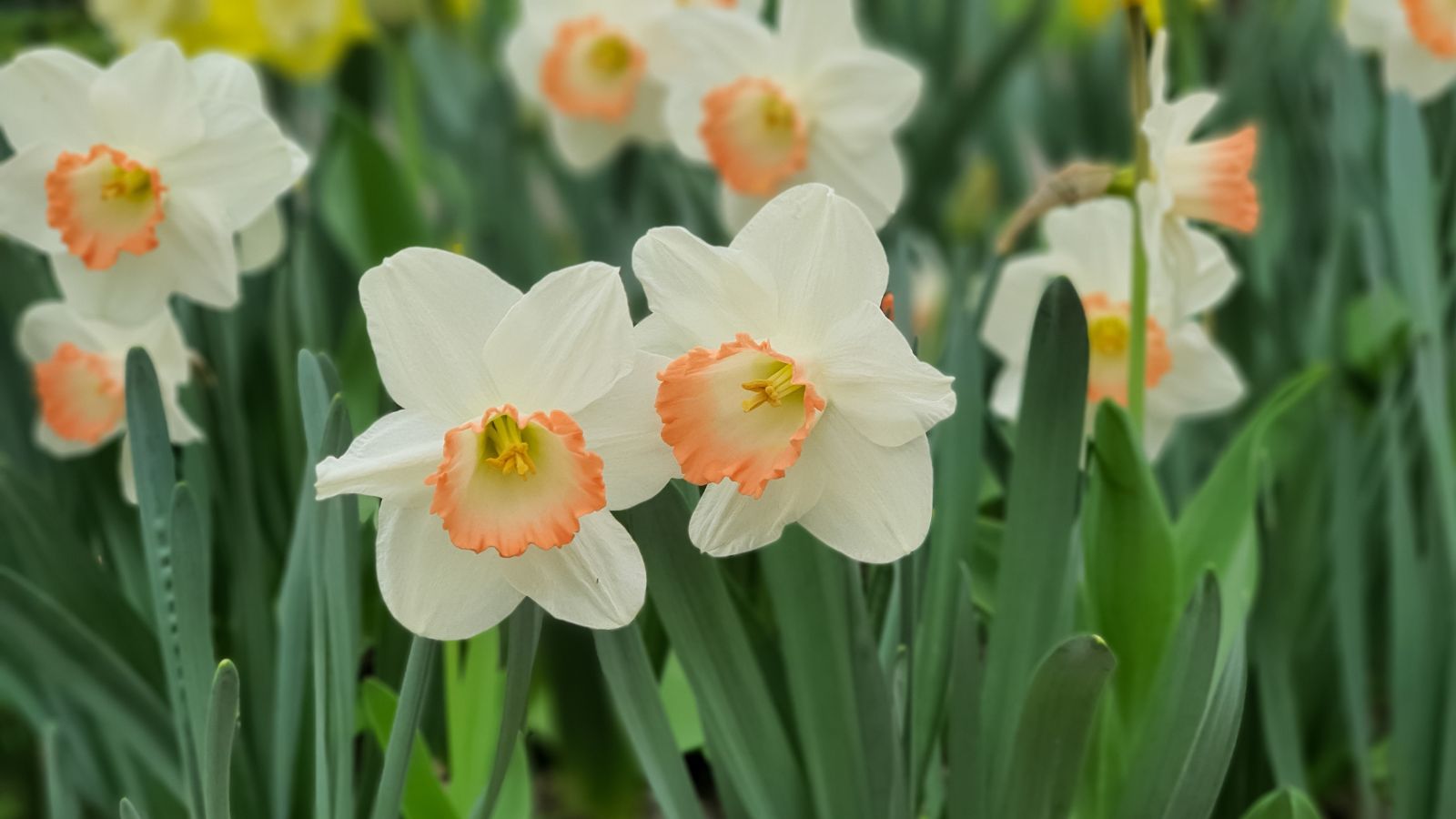
While daffodils bring cheerful color to spring gardens, they can be harmful to pets. The bulbs are especially dangerous, as they contain toxins that can lead to vomiting, diarrhea, and even more serious symptoms like heart problems if consumed by dogs or cats.
Azaleas

Azaleas are known for their vibrant blooms, but they can be toxic to pets if eaten. Ingesting even a small amount can cause vomiting, drooling, and in severe cases, heart failure. It’s best to not planting azaleas if your pets like to explore and nibble in the garden.
Aloe Vera
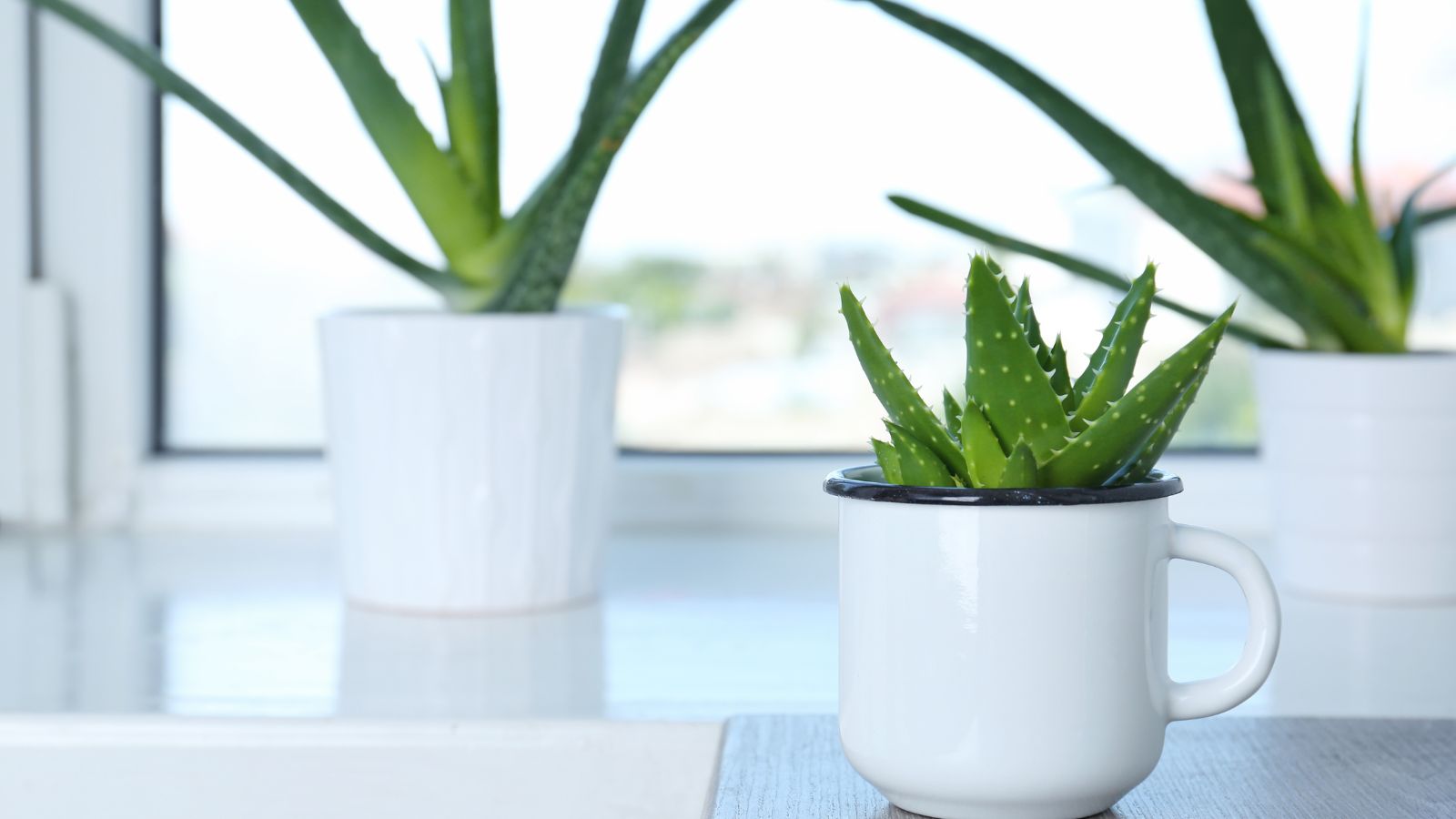
While aloe vera is a well-known healing plant for humans, it can be harmful to pets, particularly due to the latex found just beneath the plant’s skin. If ingested, this latex can cause vomiting, diarrhea, and lethargy in cats and dogs. The gel inside is less harmful but still not safe for consumption. Keep this plant out of reach or remove from your outdoor spaces if you have curious pets.
Sago Palm
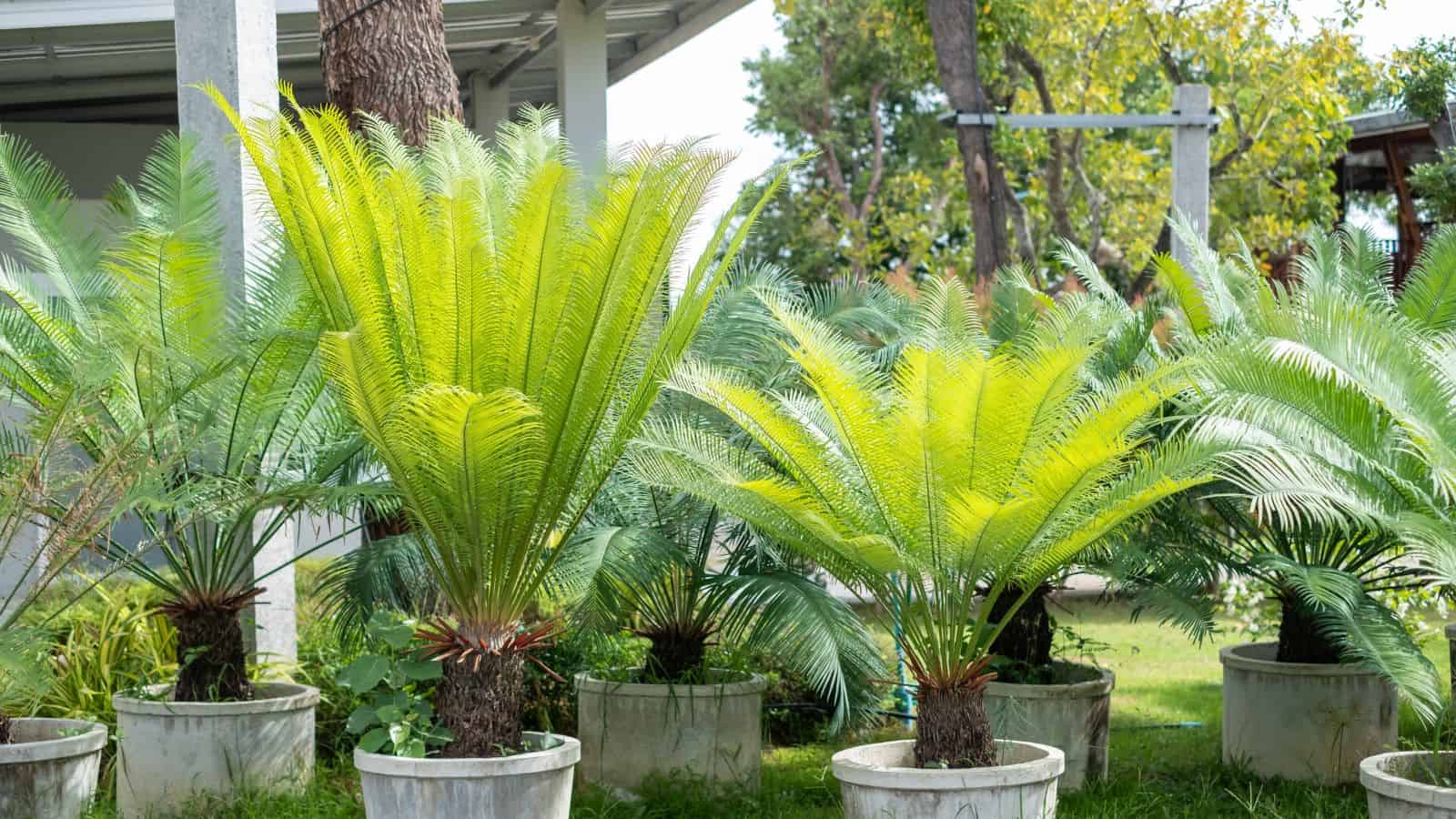
Sago palms are popular for their tropical look, but they are extremely toxic to pets. Every part of the plant, especially the seeds, contains a toxin that can cause liver failure, vomiting, and even death in cats and dogs. This is a plant to avoid at all costs if you have pets.
Foxglove
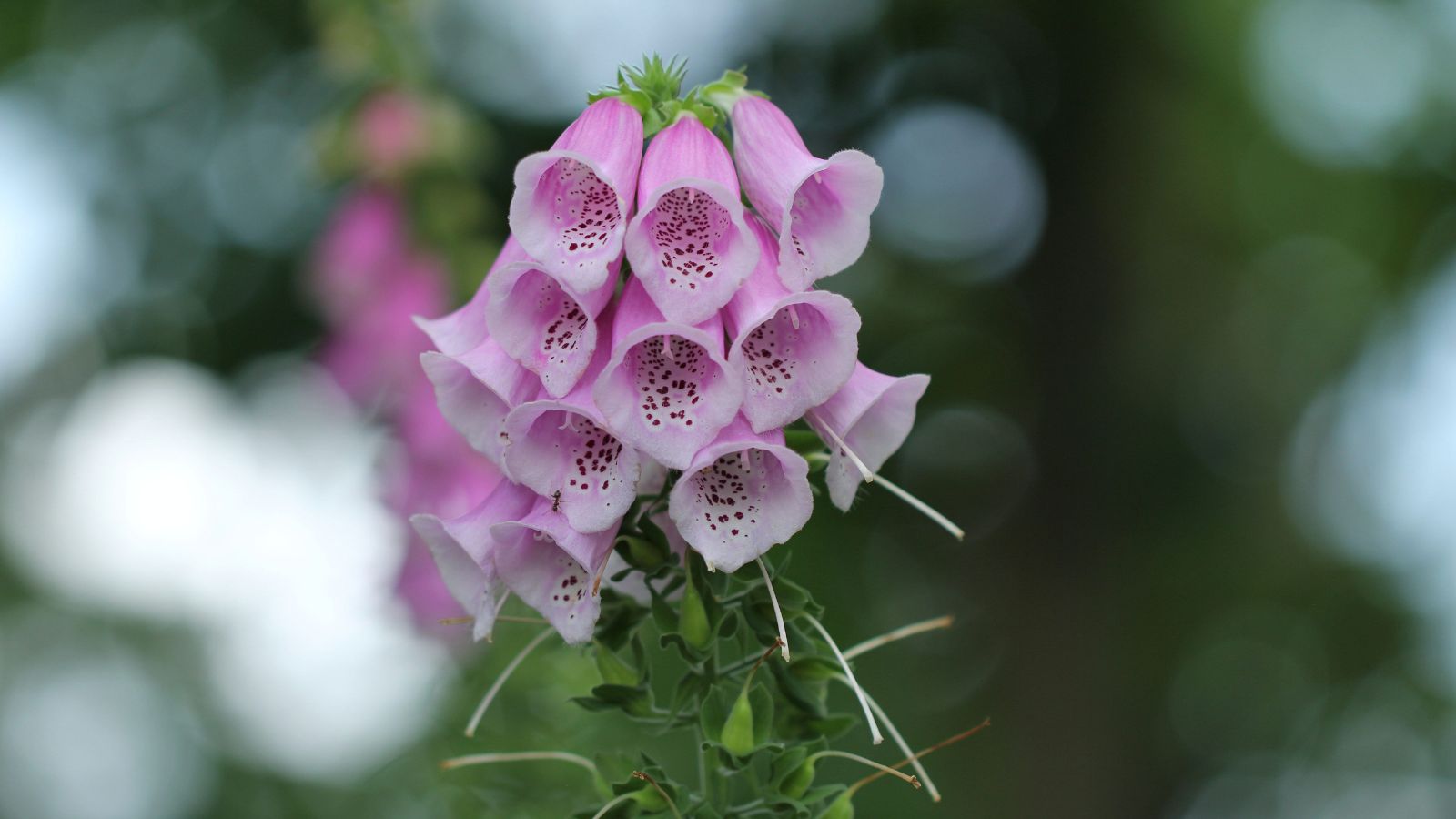
This plant may be a stunning addition to any garden, but they pose a serious risk to pets. These plants contain digitalis, a toxin that can affect heart function, leading to fatal outcomes if ingested. Keep foxglove far from your garden if you have animals roaming around.
Tulips
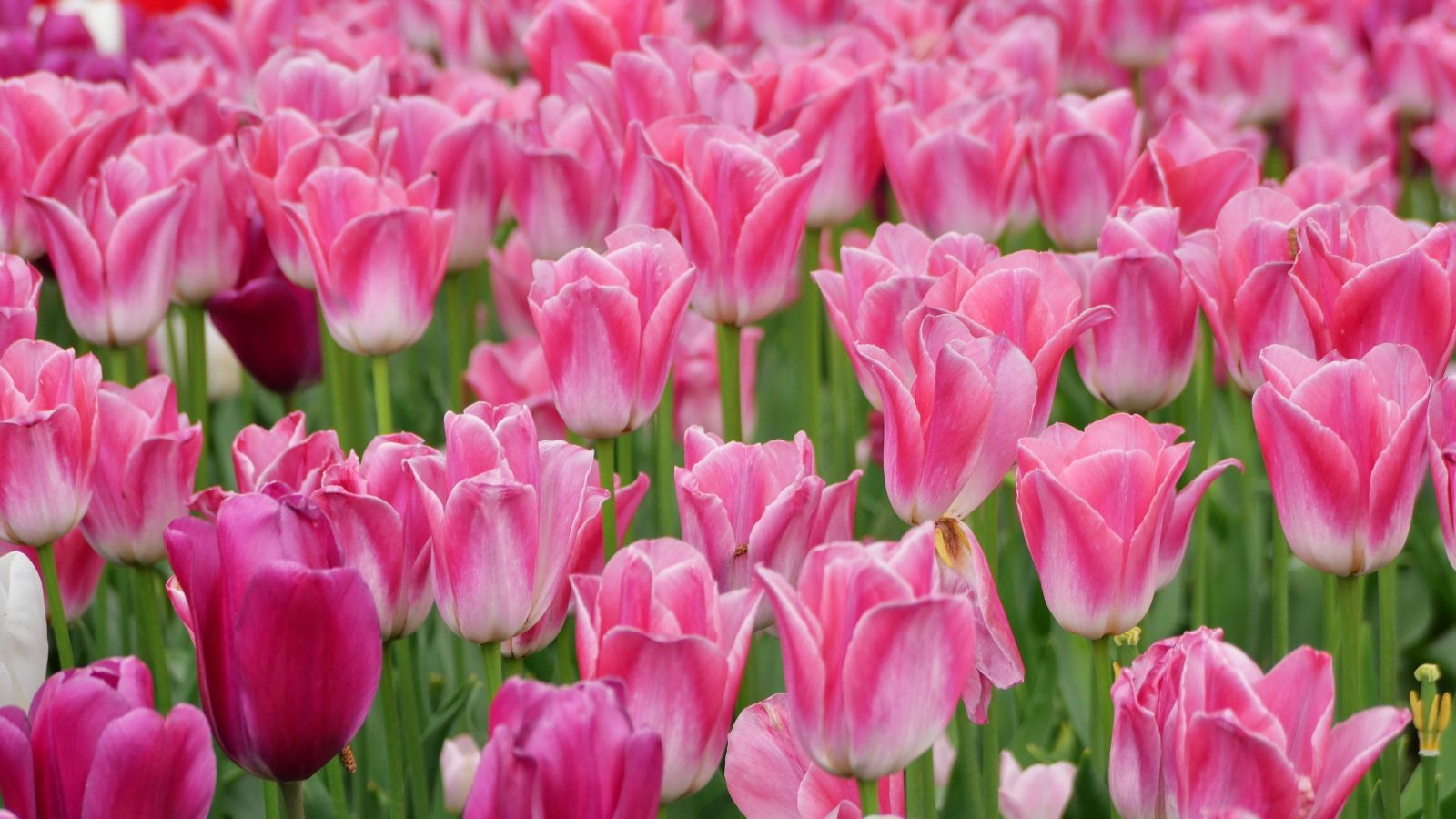
Tulips are another bulb plant that can be dangerous to pets, particularly dogs. The bulbs contain toxins that can cause stomach upset, drooling, and in severe cases, seizures. If your pets tend to dig in the garden, it’s wise to skip tulips.
Rhododendron
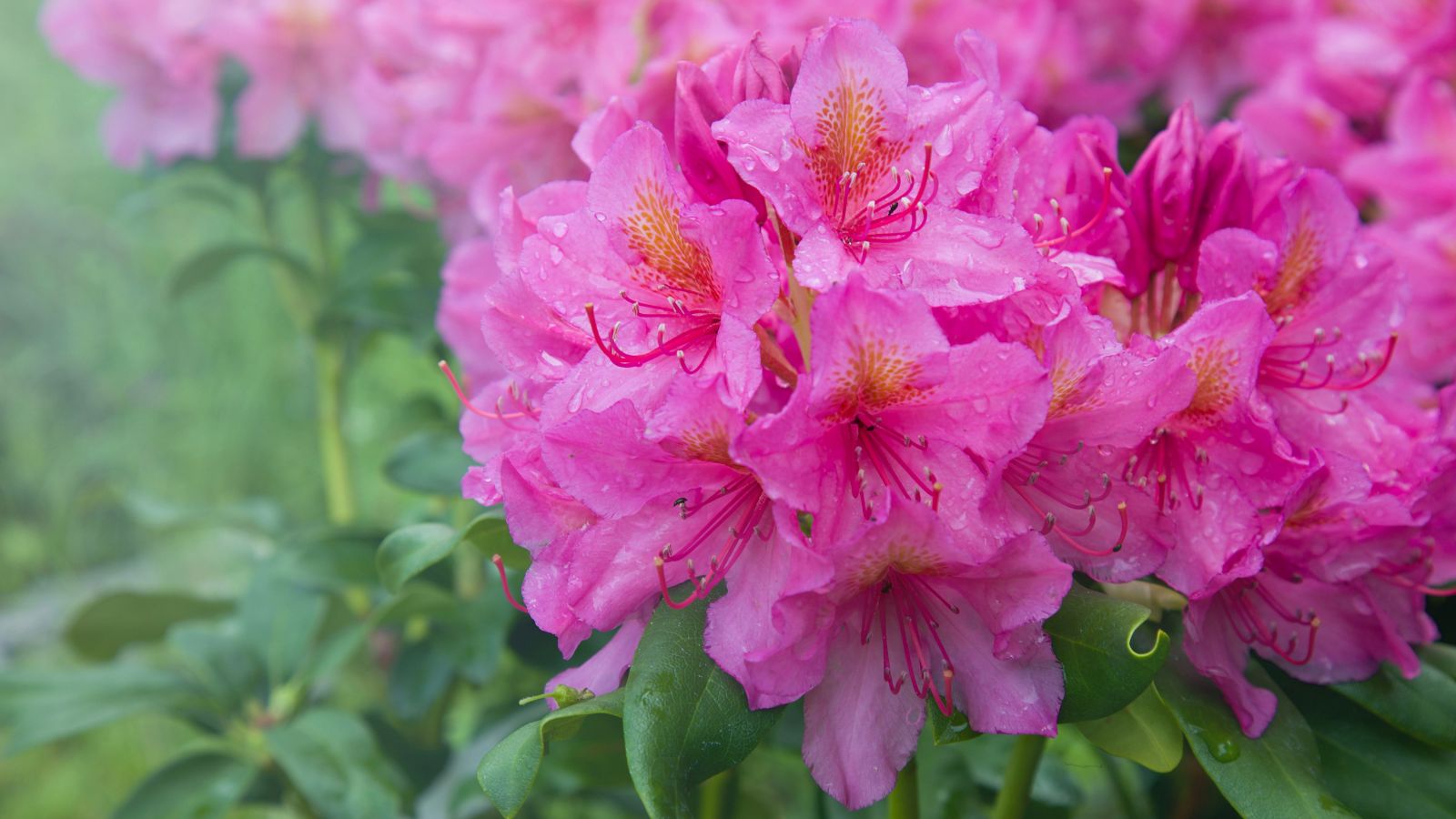
Like azaleas, rhododendrons are toxic to pets. Ingesting parts of this plant can lead to gastrointestinal distress, drooling, and lethargy. In larger amounts, it can affect the heart and nervous system.
Chrysanthemums
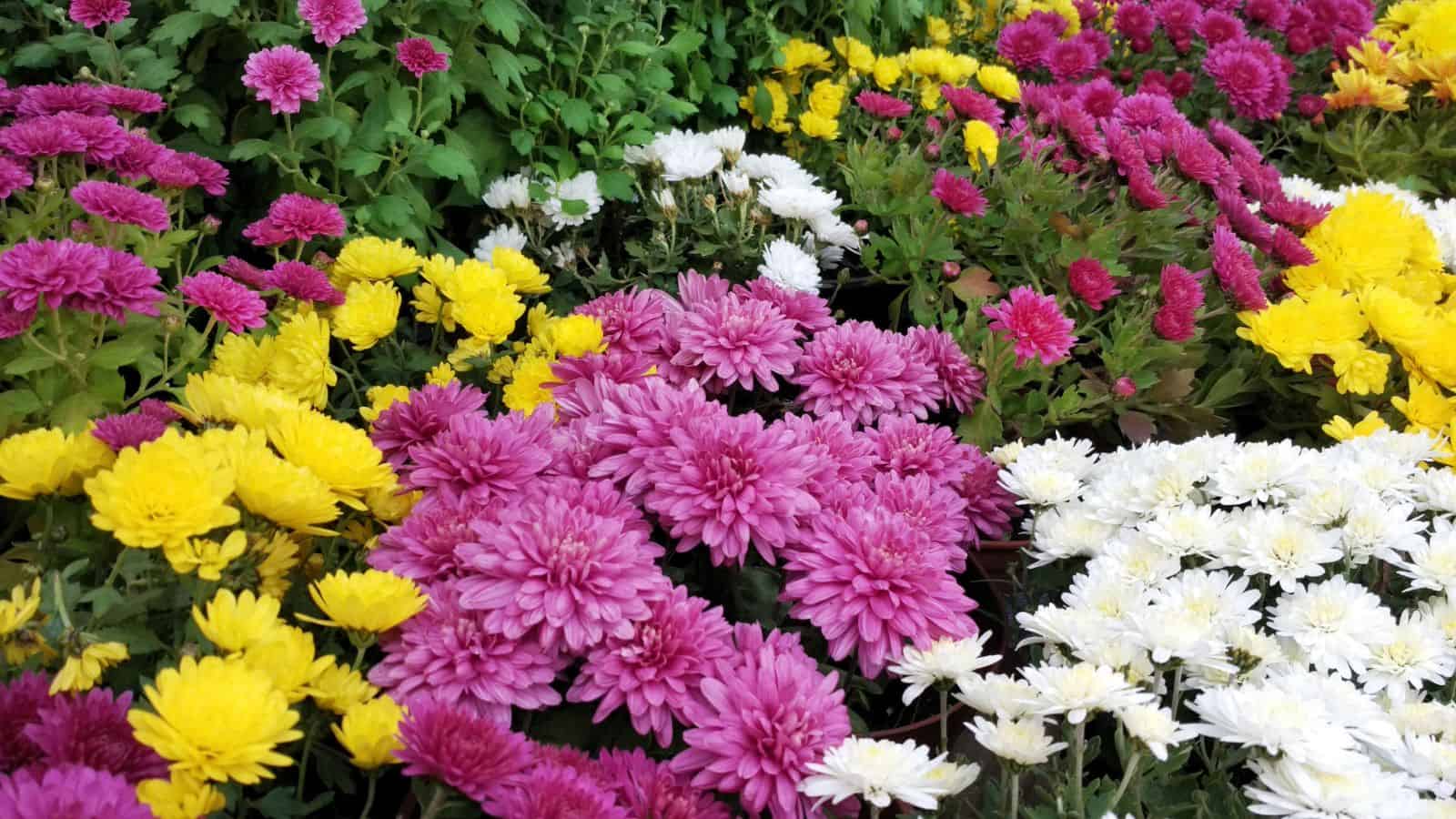
While chrysanthemums (or mums) add a pop of color to gardens, they’re toxic to pets. Ingesting mums can lead to vomiting, drooling, and skin irritation in dogs and cats. Keeping this plant out of reach or avoiding it in your garden altogether is a safer bet.
Ivy
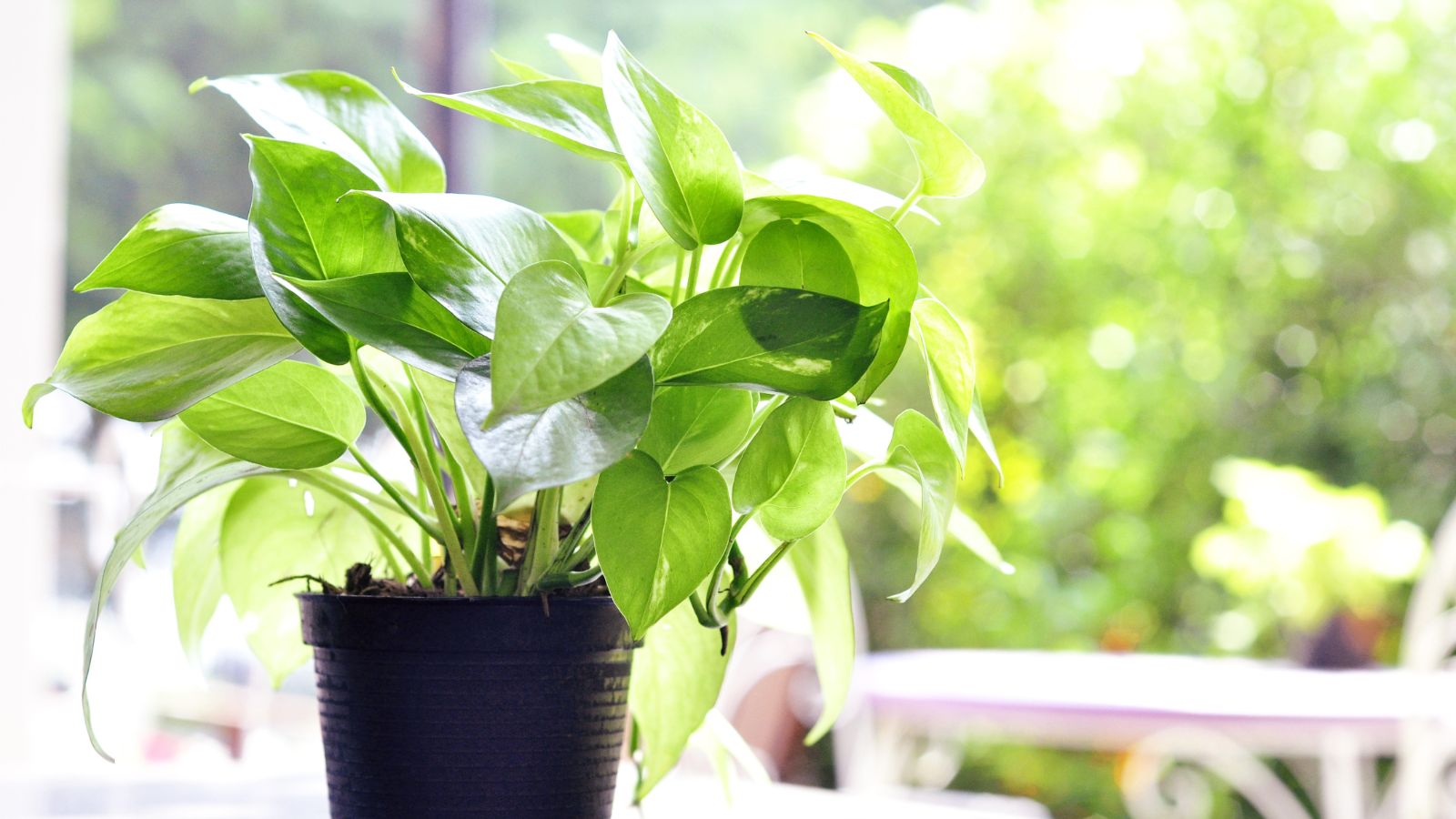
English ivy is a popular climbing plant, but it can be harmful to pets. If your dog or cat chews on ivy leaves, it may suffer from vomiting, abdominal pain, or even difficulty breathing. For pet-friendly gardens, it’s better to choose a non-toxic alternative.
Hydrangea
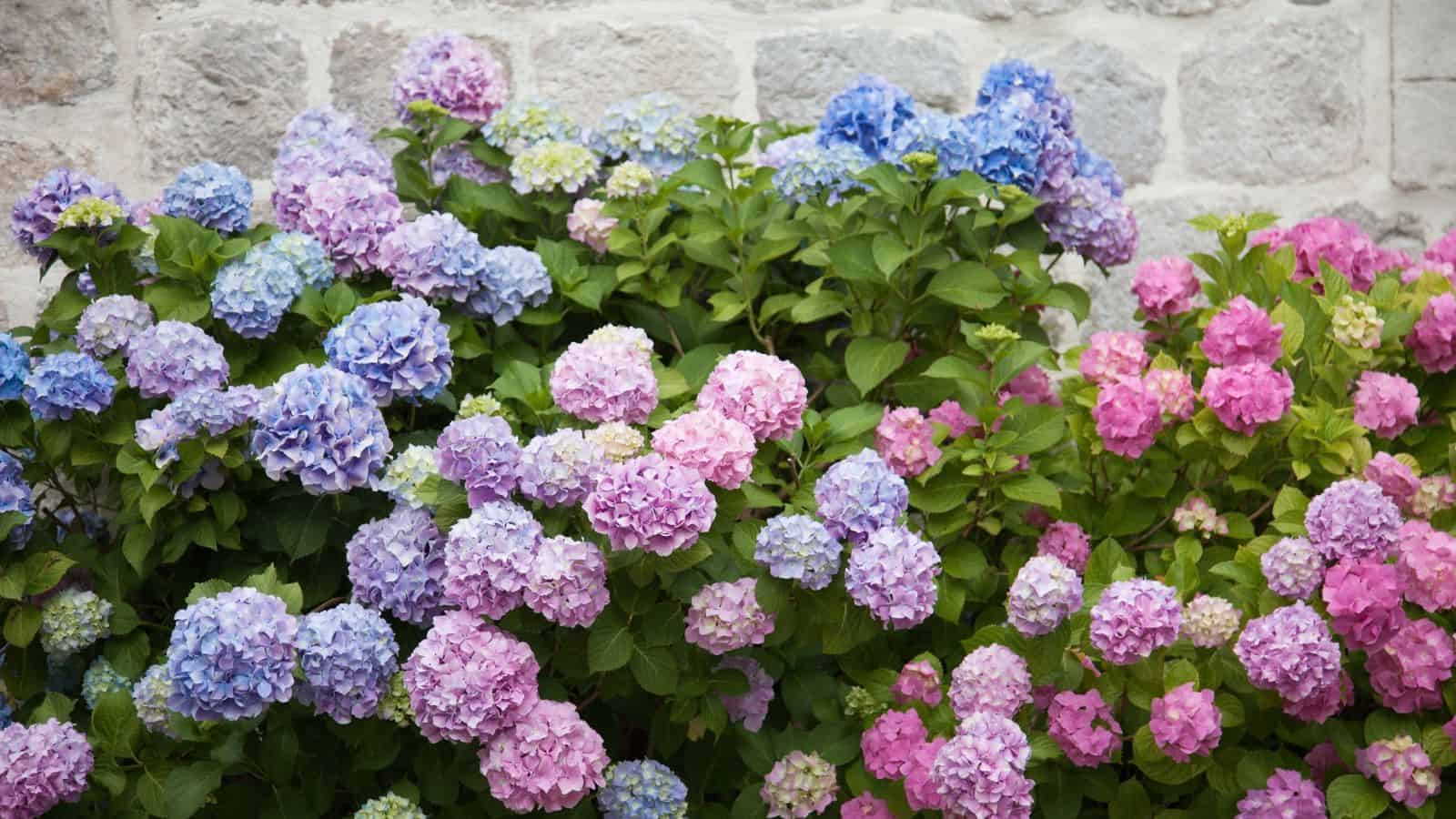
Hydrangeas are beloved for their large, beautiful blooms, but they can be toxic to pets, especially dogs Ingesting parts of the plant can cause stomach upset, vomiting, and lethargy due to cyanogenic glycosides present in the plant. If your pets love to explore, hydrangeas is not the right plant for your garden
Autumn Crocus
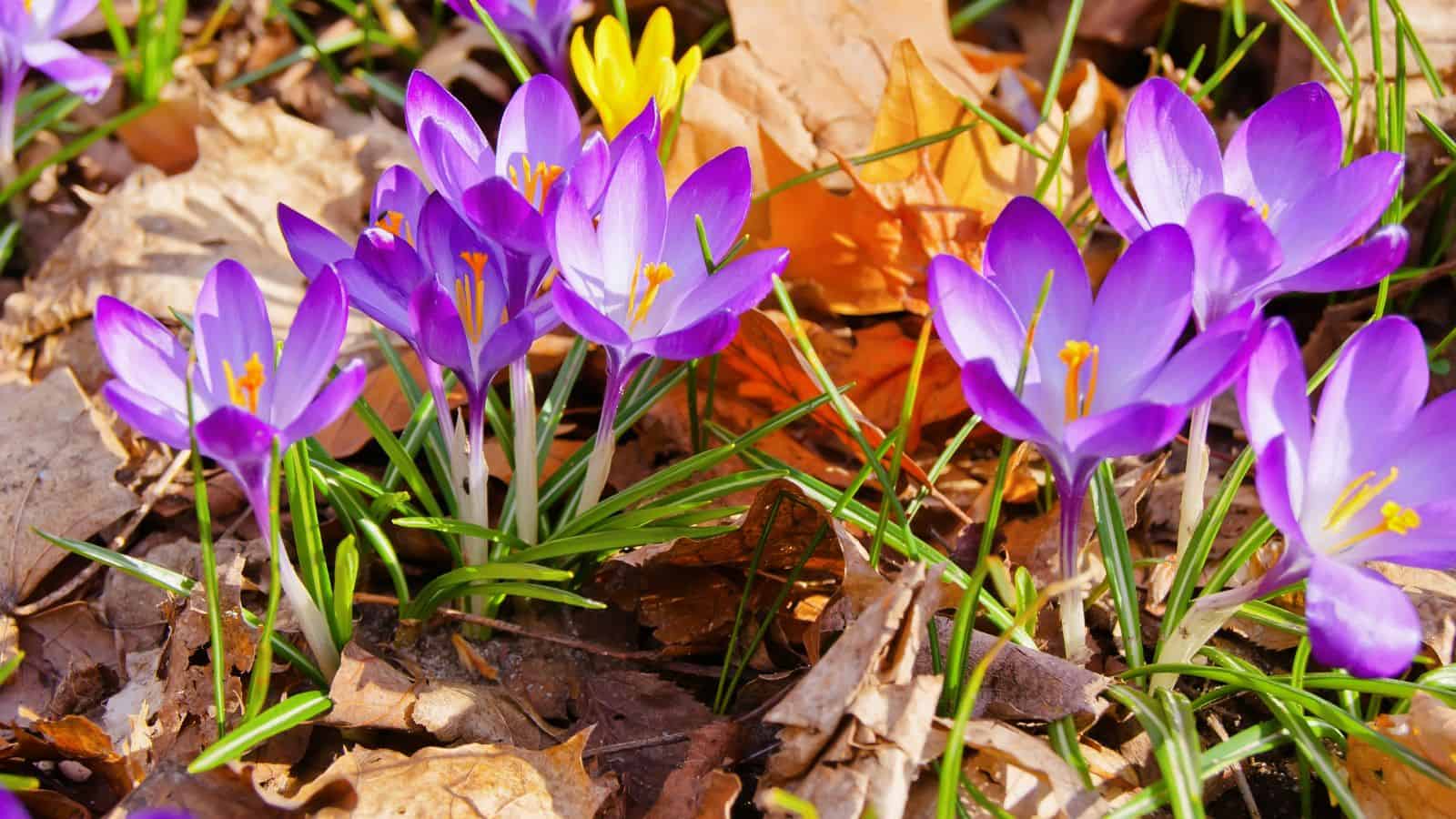
While autumn crocuses bring vibrant fall color, they are highly poisonous to pets. Ingesting any part of the plant can lead to severe symptoms like vomiting, diarrhea, and even organ failure. This plant should be avoided if you have dogs or cats who might sample your garden.
Castor Bean
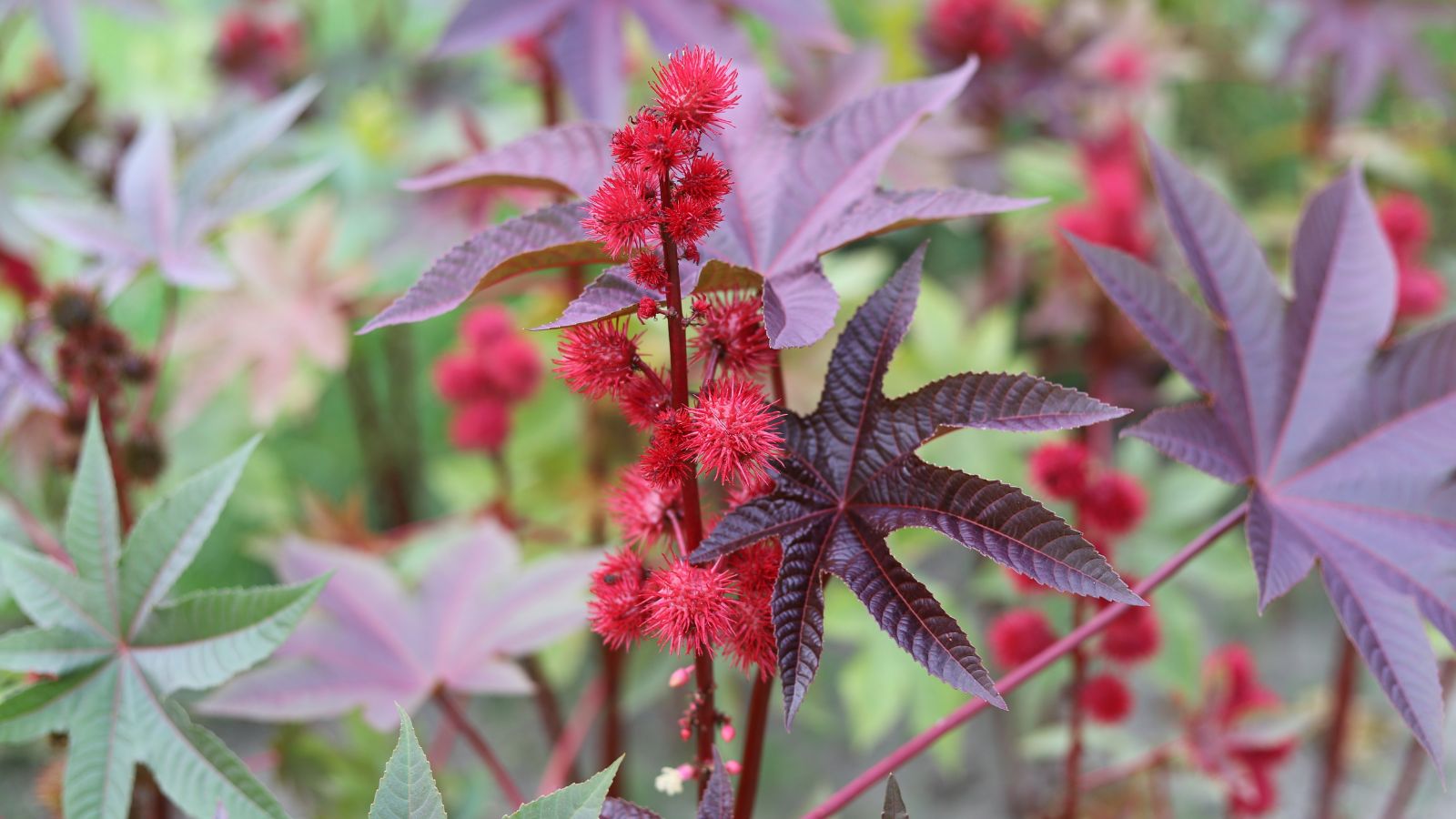
The castor bean plant is extremely toxic to pets and humans alike. The seeds contain ricin, a potent toxin that can cause vomiting, diarrhea, and even death. If you have pets, it’s crucial to avoid planting castor beans, as even small amounts can be deadly.
Wisteria
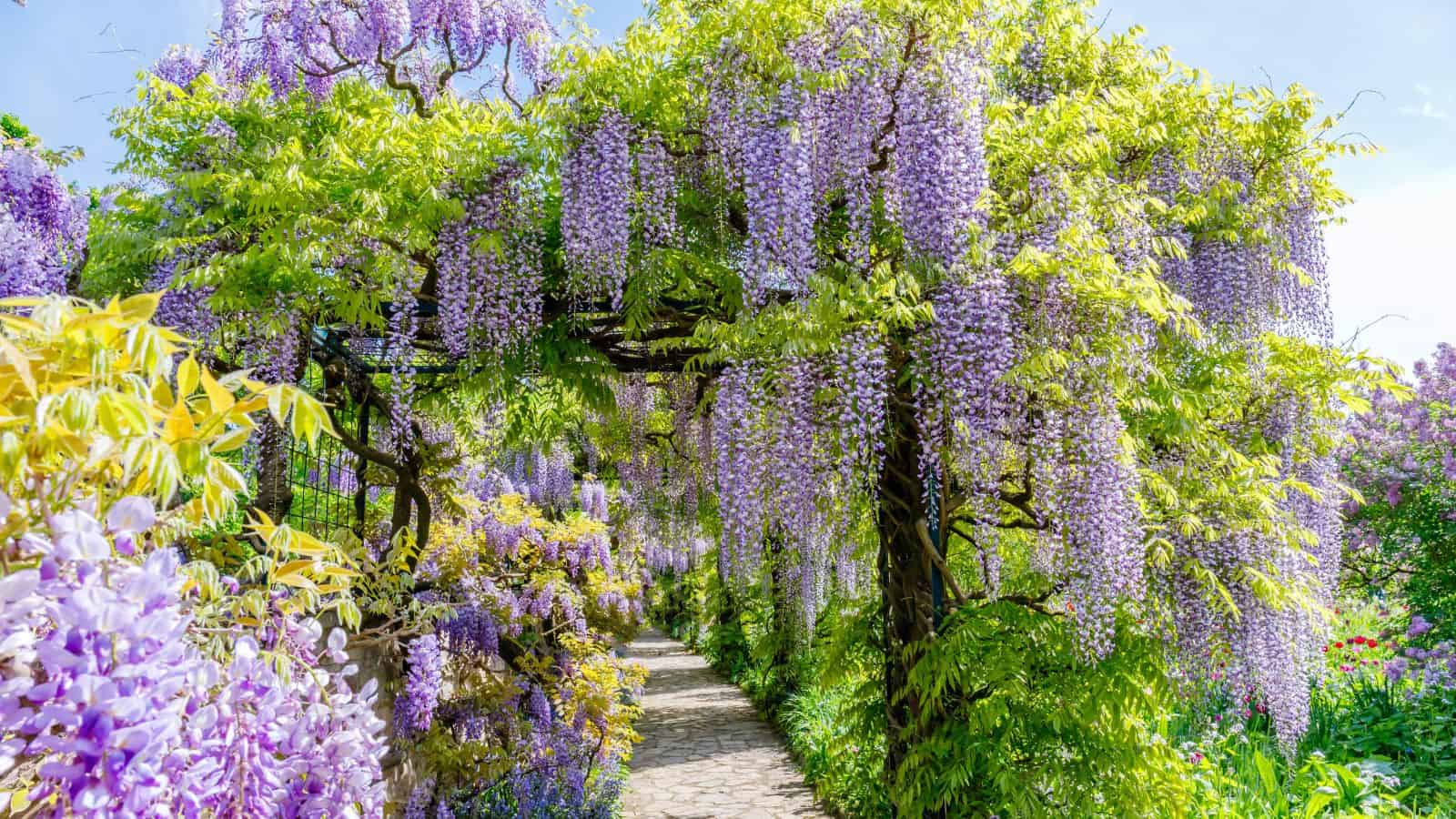
Wisteria vines create stunning displays of purple flowers, but they are not safe for pets. The seeds and pods are especially dangerous, as they contain toxins that can lead to vomiting, diarrhea, and depression in pets. It’s a beautiful plant, but not worth the risk.
Cyclamen
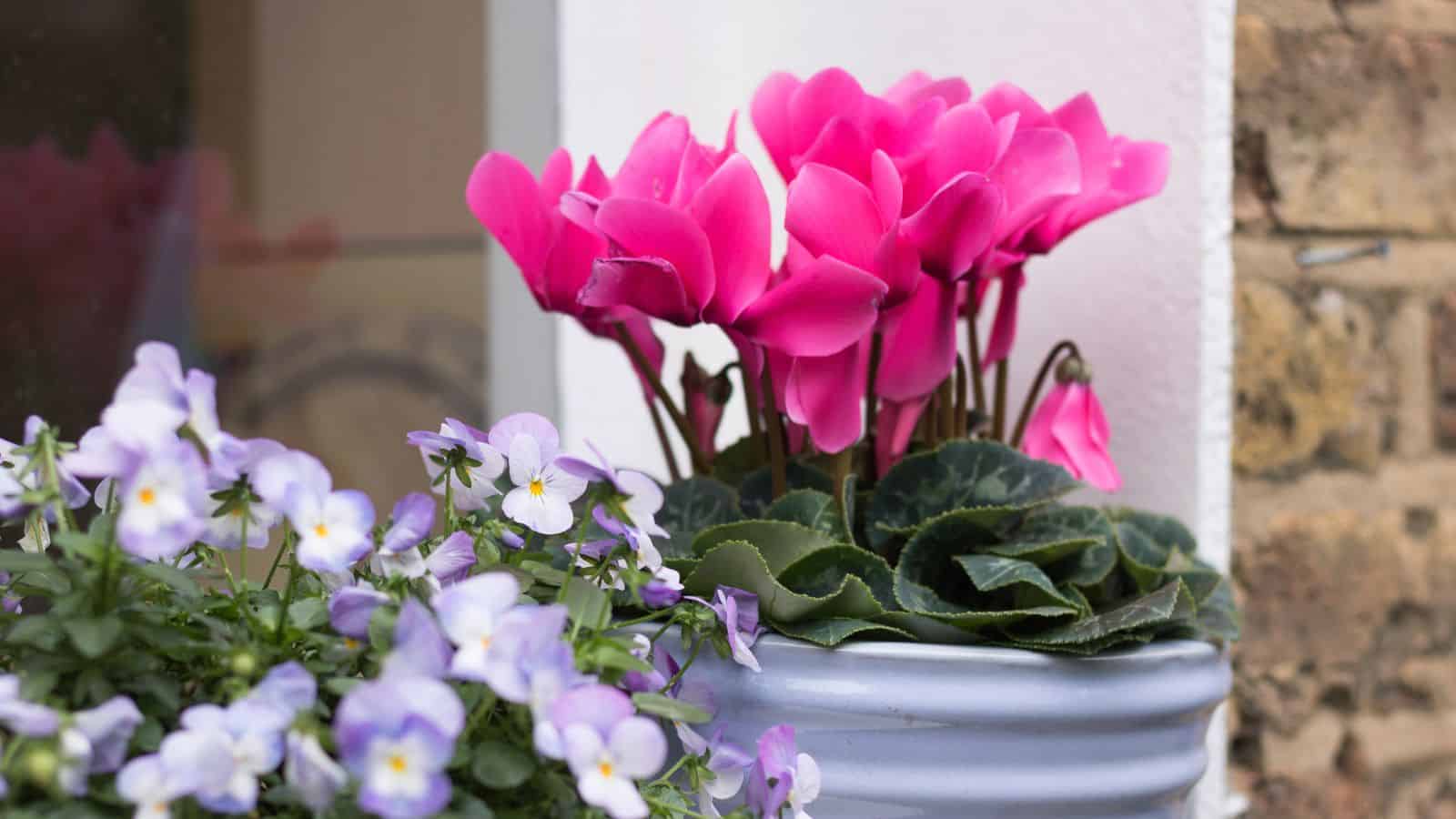
Cyclamen are popular houseplants and garden additions, but they can be toxic to pets. Ingesting the tubers, in particular, can cause severe vomiting and even heart failure in cats and dogs.
Philodendron
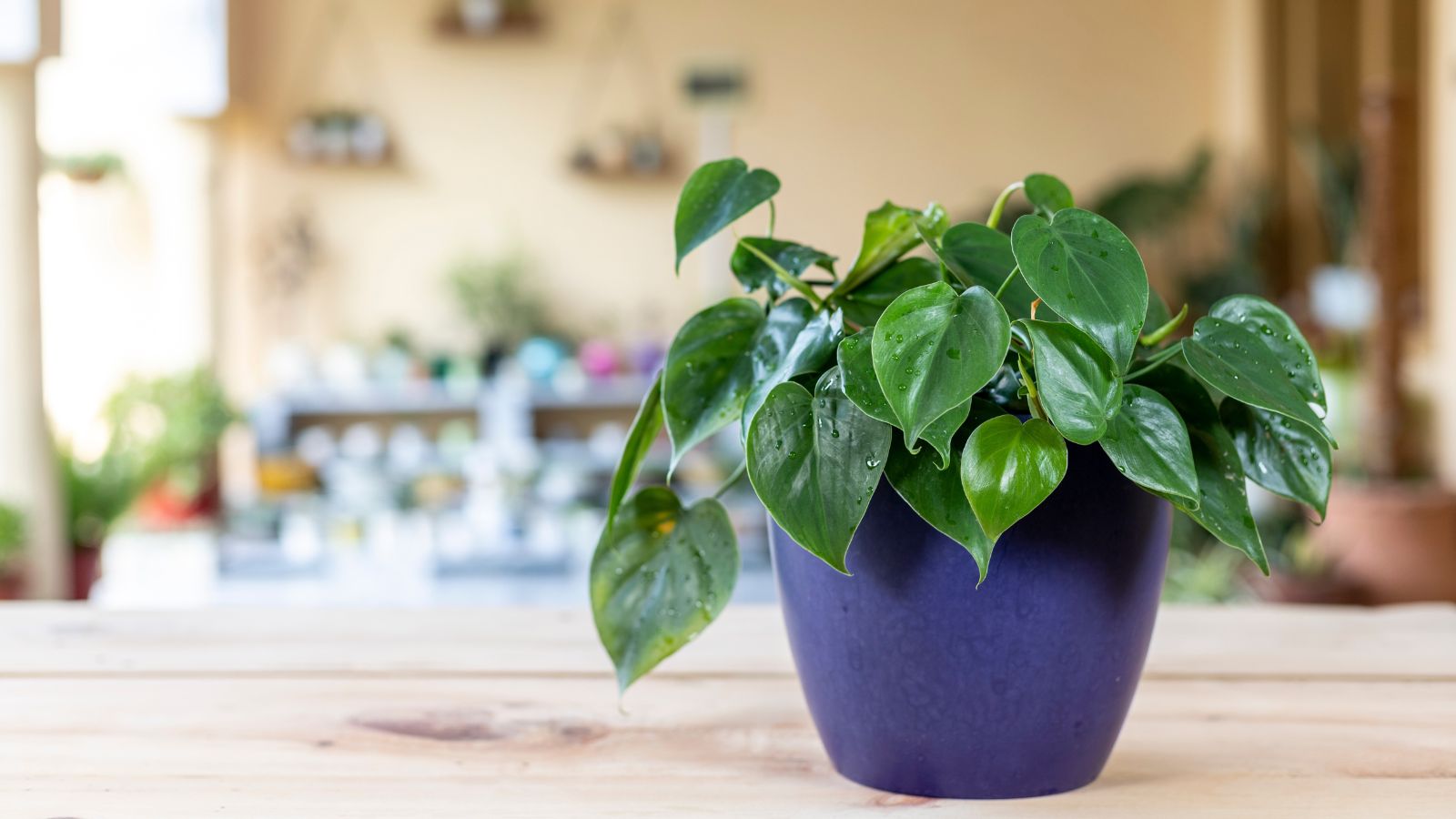
Philodendrons are commonly found in homes and gardens, but they can pose a risk to pets due to the presence of calcium oxalate crystals in the leaves. If a pet chews on the leaves, it can lead to mouth irritation, drooling, and difficulty swallowing. Though discomforting, philodendrons are generally not life-threatening unless consumed in large quantities.
